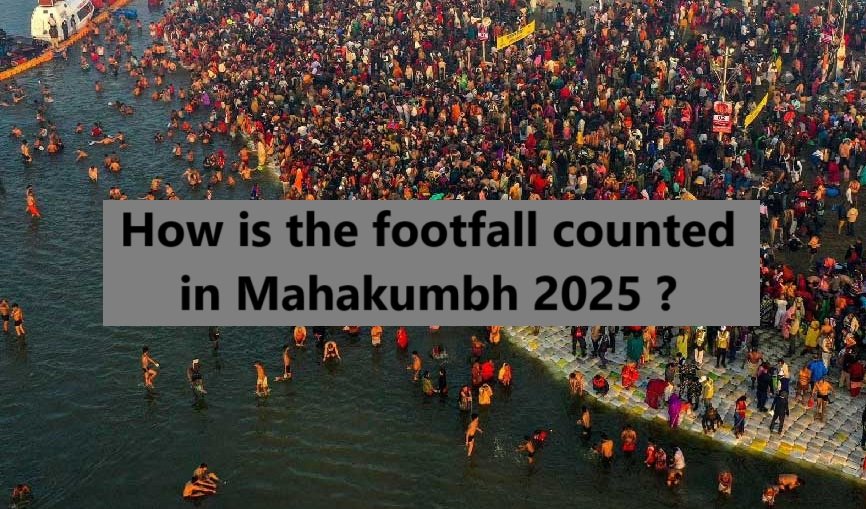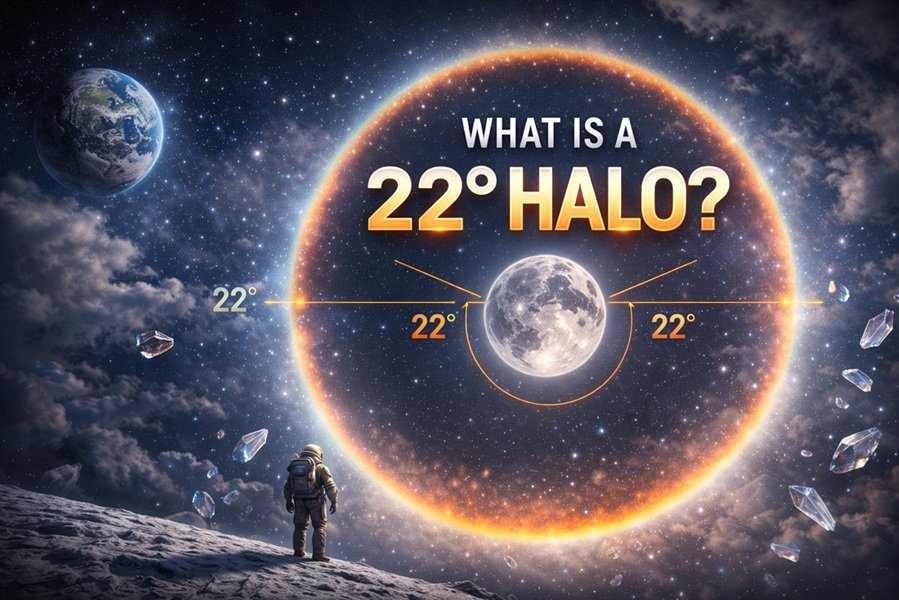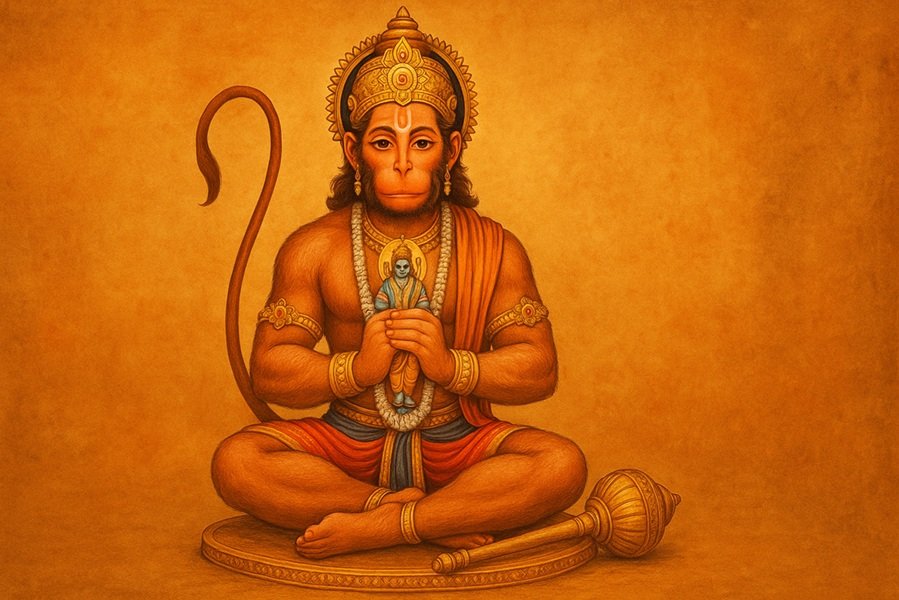
Introduction
The Mahakumbh Mela 2025, one of the largest religious gatherings in the world, is expected to witness millions of devotees from across the globe. Managing such a massive crowd requires advanced technology and meticulous planning. Counting footfall is crucial for ensuring safety, resource allocation, and infrastructure management. Several modern and traditional techniques are used to track and analyze crowd movement. This article explores the various methods employed in Mahakumbh 2025 for counting footfall accurately.
Importance of Footfall Counting in Mahakumbh
1. Crowd Management
With millions of devotees arriving at the mela, knowing real-time crowd density helps authorities prevent stampedes and manage movement efficiently.
2. Resource Allocation
Adequate food, water, medical aid, and sanitation facilities must be provided based on estimated footfall.
3. Security Surveillance
Tracking footfall helps in deploying security personnel at critical points and monitoring high-density areas for potential risks.
4. Transport and Logistics
Footfall data assists in managing transportation facilities such as railways, buses, and temporary parking zones effectively.
Techniques Used for Footfall Counting in Mahakumbh 2025
1. AI-Powered CCTV Cameras
High-resolution AI-integrated cameras are installed across entry points, ghats, and major pathways. These cameras use facial recognition and motion detection to estimate footfall with high accuracy.
How It Works:
- Cameras capture live video feeds.
- AI algorithms detect and count individuals using image recognition.
- Data is processed in real-time to monitor crowd density.
2. RFID-Based Entry Passes
Radio Frequency Identification (RFID) tags are issued to devotees and registered visitors to track their movement within the mela premises.
How It Works:
- RFID-enabled passes are scanned at multiple checkpoints.
- Each entry and exit is recorded in a centralized database.
- This data helps estimate peak hours and manage crowd flow.
3. Drones with Thermal Imaging
Drones equipped with thermal imaging sensors are deployed to monitor and count the gathering from an aerial view.
How It Works:
- Drones fly over key locations and capture real-time heat maps.
- AI-based software analyzes heat signatures to differentiate between individuals.
- This method is especially useful during nighttime and high-density congregations.
4. Mobile GPS and Geofencing
Smartphone-based location tracking through GPS and geofencing helps estimate the number of people within a defined area.
How It Works:
- Mobile service providers collect anonymous location data from active devices.
- Geofencing technology sets virtual boundaries to measure how many devices are within a particular zone.
- Authorities use this data to track movement trends and predict surges.
5. WiFi and Bluetooth Tracking
Public WiFi access points are used to detect mobile devices within their range, giving an estimate of the number of people present.
How It Works:
- When a smartphone searches for a WiFi or Bluetooth signal, its unique MAC address is detected.
- The system logs the number of unique device signals in a specific location.
- Data is anonymized and used for footfall analysis.
6. Satellite Imaging and Remote Sensing
ISRO and other space agencies provide real-time satellite imagery to analyze the density of crowds over a vast area.
How It Works:
- High-resolution satellite images capture crowd density at various mela locations.
- Image processing software estimates the number of people based on pixel clusters.
- This method provides a macro-level view of footfall trends.
7. Manual Counting and AI-Assisted Human Counters
Despite technological advancements, manual counting by personnel at key entry points remains a reliable method. However, AI-assisted tools help improve accuracy.
How It Works:
- Volunteers count people manually at checkpoints using clicker devices.
- AI-assisted software verifies manual counts using camera footage and data analytics.
8. Turnstile Gates and Digital Sensors
Turnstile gates equipped with digital sensors are installed at main entry points to automatically record footfall.
How It Works:
- Each person passing through a turnstile is counted automatically.
- Sensors distinguish between individuals and objects, reducing errors.
- This method is useful for controlled access areas.
Challenges in Footfall Counting
1. Overcrowding and Congestion
High-density crowds make it difficult to count individuals accurately, especially during peak hours.
2. Network and Connectivity Issues
GPS, WiFi, and mobile-based tracking depend on strong connectivity, which can be unreliable in congested areas.
3. Data Privacy Concerns
Tracking technologies must ensure that privacy regulations are followed, and data is anonymized.
4. Weather and Environmental Factors
Fog, rain, and dust can affect drone imaging, satellite imagery, and CCTV camera accuracy.
Conclusion
Counting footfall in Mahakumbh 2025 requires a combination of AI, IoT, remote sensing, and manual verification to ensure accuracy. These technologies help authorities manage the mega event efficiently, ensuring safety and seamless logistics for millions of devotees. As technology advances, future Kumbh Melas may witness even more innovative methods for real-time crowd analysis and management.
Read also: Preventing Stampedes with Modern Technology in Mega Events Like Maha Kumbh






